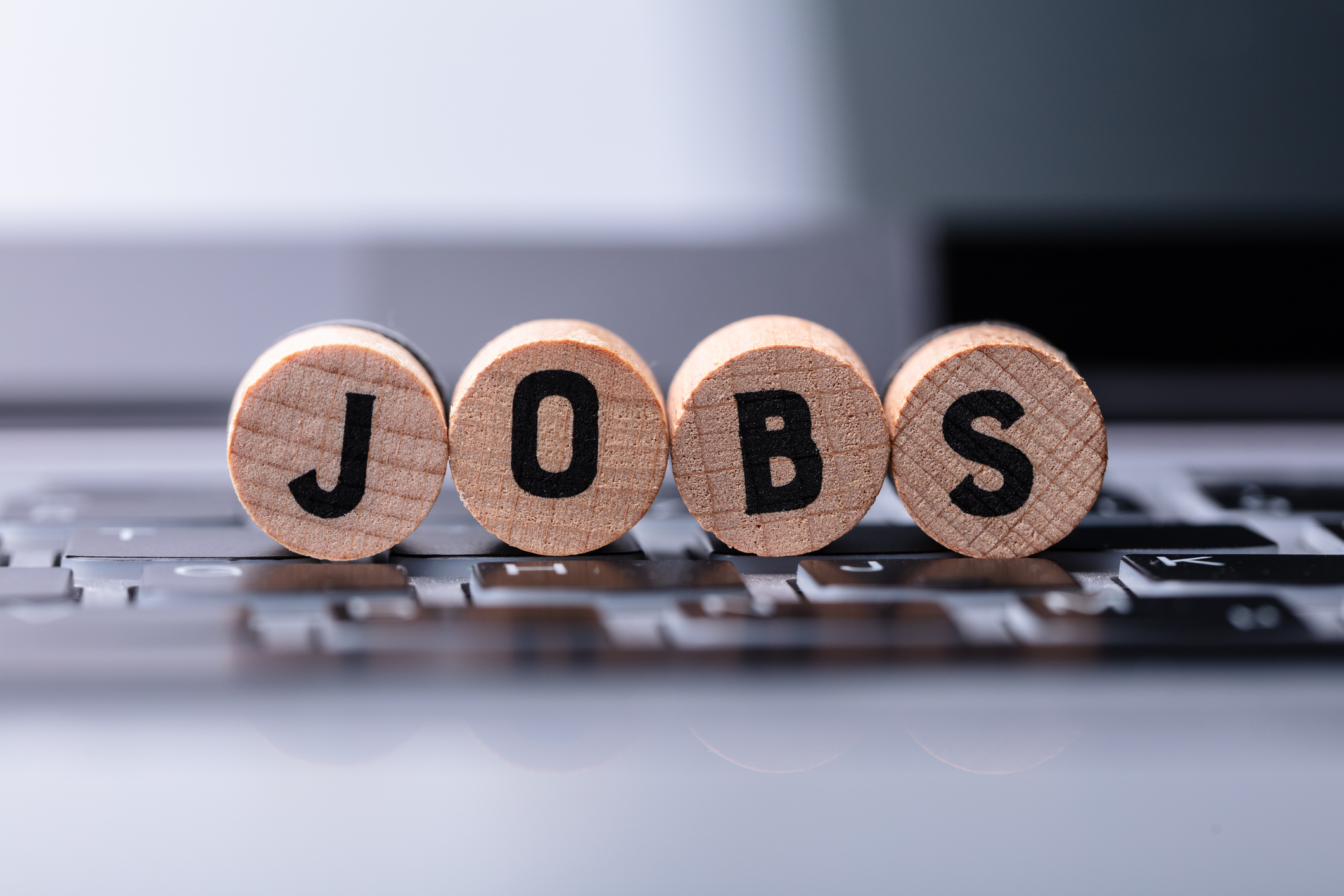Why the Federal Reserve May Be the Most Powerful Government Agency
With central banks playing a bigger role than ever before, you need to understand how the Fed works.

Today, central banks are acting more aggressively than ever before to stave off deflation and spur global growth. The European Central Bank, the People's Bank of China, the Bank of Japan, the Bank of England and the Federal Reserve have all embarked on quantitative easing (QE) programs following the 2008 financial crisis.
QE has pushed interest rates down around the world and is forcing investors to get creative as they search for yield. Traditionally, clients have relied on a combination of Social Security benefits, pension income and interest from a conservative fixed income portfolio to support them in retirement. Even as the Fed makes moves to slowly increase rates, while they're so low, you must decide whether to: (a) reduce your living expenses; (b) take on more credit risk by purchasing lower quality, higher yielding investments; or (c) increase your allocation to dividend-paying equities to meet your cash flow needs. The further out you go on the risk spectrum, the higher the potential volatility and risk of loss.
Understanding how the Fed works will help you navigate this low rate environment.
From just $107.88 $24.99 for Kiplinger Personal Finance
Become a smarter, better informed investor. Subscribe from just $107.88 $24.99, plus get up to 4 Special Issues

Sign up for Kiplinger’s Free Newsletters
Profit and prosper with the best of expert advice on investing, taxes, retirement, personal finance and more - straight to your e-mail.
Profit and prosper with the best of expert advice - straight to your e-mail.
Fed History & Structure
Created on December 23, 1913, the Fed is the governmental agency that determines monetary policy. Unlike most government entities, the Fed is set up as an independent agency that is supposed to be insulated from political influences. Its responsibilities include supervising and regulating banking institutions, maintaining stability of the financial system and providing financial services to depository institutions, the U.S. government and foreign official institutions.
The Fed is governed at both the national and local levels. At the national level is the Board of Governors (also known as the Federal Reserve Board). The Board is comprised of seven individuals appointed by the President and confirmed by the Senate. These Governors serve 14-year terms and are led by a Chairperson and Vice Chairperson, who each serve four-year terms and may be reappointed.
At the local level, there are 12 Federal Reserve Banks, each one led by a bank President: New York, Boston, Philadelphia, Cleveland, Atlanta, Richmond, St. Louis, Chicago, Kansas City, Minneapolis, Dallas and San Francisco. These banks carry out the day-to-day operations of the Federal Reserve System, including moving currency into and out of the system, issuing and redeeming government securities and providing checking accounts for the Treasury.
The seven Board Governors, the President of the Federal Reserve Bank of New York and four of the remaining 11 Reserve Bank Presidents, who serve one-year terms on a rotating basis, make up the Federal Open Market Committee. The FOMC meets eight times per year and is the monetary policymaking body of the Federal Reserve System.
Dual Mandate
The Fed has two main goals, often referred to as the "dual mandate:" (1) guide our economy towards full employment; and (2) maintain price stability (i.e. inflation levels). An economy that is growing too slowly or too quickly can cause all sorts of unintended consequences such as inflation, deflation, unemployment and speculation. When the Fed feels that the economy is growing too quickly or too slowly based on the myriad data they follow, they will adjust the money supply and ultimately interest rates using the following tools:
1. Open Market Operations: The Fed buys or sells securities, usually Treasury bills, to increase or decrease the amount of money held at Federal Reserve banks. When they buy securities, the money they pay for the securities goes into the banks and serves to increase the money supply. The opposite effect takes place when they sell securities. Basic economics instructs us that if supply falls and demand remains constant, all else being equal, then prices will increase. In this case, price is the cost of borrowing money (interest rates). QE is like open market operations on steroids.
2. Discount Rate: As the lender of last resort, the Fed can step in to provide banks with short-term funding to help meet liquidity requirements. The cost of borrowing money from the Fed is the "discount rate" and can be raised or lowered by the Fed to increase or decrease liquidity in the banking system. Historically, if a bank had to use the discount window, it was viewed as a signal that the bank was in trouble.
3. Reserve Requirements: Banks are required to keep a percentage of their deposits in cash or in an account at a Federal Reserve Bank to meet liquidity needs. The amount they are required to keep is called the "reserve requirement" and is set by the FOMC.
Why Is the Fed Funds Rate Important?
The Federal Funds Rate is the interest rate that banks charge one another for overnight loans. While financial media often talk about the Fed setting the Federal Funds Rate, they actually do not set that rate. They set a target range, currently between 0.25% and 0.50%. Banks use the Fed Funds rate as the basis for setting their prime rate (the rate they charge their best customers), mortgage rates, rates on auto loans, certificates of deposit, credit cards and savings accounts. Movements in the rate are widely followed. As we have seen in recent years, low interest rates can drive consumer spending and increase prices across a range of asset classes.
With short-term interest rates near zero in many countries, even negative in some, central banks have increased the size of their securities purchases and started to purchase securities with longer-term maturities. Their goal is to try to lower long-term interest rates. These monetary policy initiatives have never been used before, and their effectiveness is yet to be determined. With no fiscal policy measures on the horizon, the responsibility for steering the global economy lies in the hands of central banks. As an investor, you need to decide how much risk you're willing to take to navigate what may come.
Bryan Koslow, MBA, CFP®, CPA, PFS, CDFA™ is the President of Clarus Financial Inc., an Integrated Wealth Management firm with offices in NYC & NJ.
Securities and advisory services offered through Commonwealth Financial Network®, Member www.finra.org / www.sipc.org, a Registered Investment Adviser. Please review our Terms of Use.
Profit and prosper with the best of Kiplinger's advice on investing, taxes, retirement, personal finance and much more. Delivered daily. Enter your email in the box and click Sign Me Up.

Bryan is the Founder & President of Clarus Financial Inc., an Integrated Wealth Management firm with offices in New York City and New Jersey.
Bryan is a Certified Public Accountant (CPA), Certified Financial Planner™ (CFP®), a Personal Financial Specialist (PFS), and a Certified Divorce Financial Analyst (CDFA™). He holds FINRA securities registrations Series 7, 63, 65, and has his New Jersey Life and Health Insurance license.
-
 Estate Tax Quiz: Can You Pass the Test on the 40% Federal Rate?
Estate Tax Quiz: Can You Pass the Test on the 40% Federal Rate?Quiz How well do you know the new 2026 IRS rules for wealth transfer and the specific tax brackets that affect your heirs? Let's find out!
-
 'The 'Mamdani Effect' in New York: Can the City Afford a Millionaire Tax?
'The 'Mamdani Effect' in New York: Can the City Afford a Millionaire Tax?State Tax Will higher income taxes drive the wealthy to flee New York in 2026?
-
 The November CPI Report Is Out. Here's What It Means for Rising Prices
The November CPI Report Is Out. Here's What It Means for Rising PricesThe November CPI report came in lighter than expected, but the delayed data give an incomplete picture of inflation, say economists.
-
 The November CPI Report Is Out. Here's What It Means for Rising Prices
The November CPI Report Is Out. Here's What It Means for Rising PricesThe November CPI report came in lighter than expected, but the delayed data give an incomplete picture of inflation, say economists.
-
 5 Smart Things to Do With Your Year-End Bonus, From a Financial Professional
5 Smart Things to Do With Your Year-End Bonus, From a Financial ProfessionalAfter you indulge your urge to splurge on a treat, consider doing adult things with the extra cash, like paying down debt, but also setting up a "fun fund."
-
 Are You a Gen X Investor? Here's How You Can Protect Your Portfolio From an AI Bubble
Are You a Gen X Investor? Here's How You Can Protect Your Portfolio From an AI BubbleAmid talk of an AI bubble, what's the best course of action for investors in their 50s and 60s, whose retirement savings are at risk from major market declines?
-
 Hey, Retirees: Put Your Charitable Gifts in a Donor-Advised Fund (and Enjoy Your Tax Break)
Hey, Retirees: Put Your Charitable Gifts in a Donor-Advised Fund (and Enjoy Your Tax Break)A donor-advised fund is a simple (really!), tax-smart strategy that lets you contribute a large, tax-deductible gift now and then distribute grants over time.
-
 If You're a U.S. Retiree Living in Portugal, Your Tax Plan Needs a Post-NHR Strategy ASAP
If You're a U.S. Retiree Living in Portugal, Your Tax Plan Needs a Post-NHR Strategy ASAPWhen your 10-year Non-Habitual Resident tax break ends, you could see your tax rate soar. Take steps to plan for this change well before the NHR window closes.
-
 The Delayed November Jobs Report Is Out. Here's What It Means for the Fed and Rate Cuts
The Delayed November Jobs Report Is Out. Here's What It Means for the Fed and Rate CutsThe November jobs report came in higher than expected, although it still shows plenty of signs of weakness in the labor market.
-
 Your Year-End Tax and Estate Planning Review Just Got Urgent
Your Year-End Tax and Estate Planning Review Just Got UrgentChanging tax rules and falling interest rates mean financial planning is more important than ever as 2025 ends. There's still time to make these five key moves.
-
 What Makes This Business So Successful? We Find Out From the Founder's Kids
What Makes This Business So Successful? We Find Out From the Founder's KidsThe children of Morgan Clayton share how their father's wisdom, life experience and caring nature have turned their family business into a respected powerhouse.